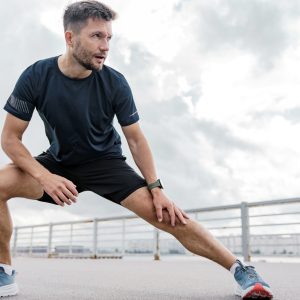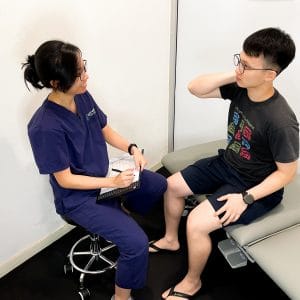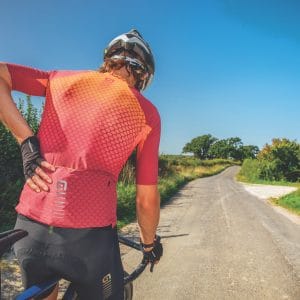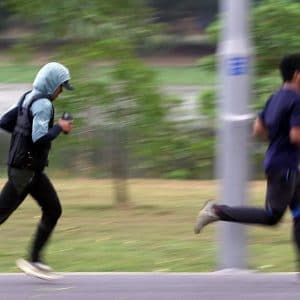
Movement as Medicine: The Power of Physical Activity for Health and Well-Being In today’s fast-paced world, many people overlook the importance of daily movement. However, the truth is that movement is medicine—a natural, accessible, and highly effective way to maintain physical and mental health and prevent disease. Whether it’s a brisk walk, yoga, or resistance training, regular physical activity enhances overall well-being, boosts energy, and supports mental health. This article explores how movement as medicine plays a vital role in disease control, discussing the benefits of movement for the body and mind and how to incorporate movement into daily activities. The Science Behind Movement as Medicine The human body thrives on physical activity. Our muscles, joints, and organs function optimally when we stay physically active. Scientific research highlights that movement is crucial for heart health, mental well-being, and metabolic function. By understanding the factors that affect the body’s response to movement, we can harness its healing power effectively. How Movement Heals the Body Improves Circulation – Engaging in physical activity increases heart rate, delivering oxygen and essential nutrients to cells and organs. Learn more about circulation and movement Enhances Immune Function – Moderate exercise strengthens the immune system, reducing the risk of disease and health issues. Regulates Blood Sugar – Movement plays a significant role in managing insulin sensitivity, lowering the risk of type 2 diabetes. Promotes Bone Health – Weight-bearing strength training exercises build bone health, preventing osteoporosis and reducing arthritis symptoms. Movement Benefits for Mental Health Exercise is not just about physical fitness; it has profound effects on mental health. Movement triggers the release of endorphins, dopamine, and serotonin—hormones responsible for boosting motivation, reducing depression, and enhancing focus. How Movement Supports Mental Well-Being Reduces Anxiety and Depression – Physical activity helps manage stress hormones, promoting relaxation and...
 When in pain, it’s natural to not want to think much about it and just lie down and hope someone can fix my issues for me and trust me I get it. Just laying down, getting some adjustments, massages, and some warm heat packs feels amazing (It’s why I use them for my patients too!) But as a chiropractor, it’s my duty to remind my patients that if you really want to fix the root of the problem you can’t just be a passenger on your own journey. You are a part of the process! That’s where movement (particularly exercising) comes in aka the active approach. But wait, what’s the difference? To keep it simple: Passive Care – the things I do for you such as adjustments, soft tissue therapy, heat therapy, modalities (ie shockwave). These help give quick relief and set the stage for your next which is… Active Care – The things you should do – exercise therapy such as stretching, strength training, posture changes, even the simplest thing such as daily walking can count! This is the stage where together, we’ll get your body to learn, adapt and get stronger! Why I always recommend an active approach It speeds up recovery (a lot) – Daily movement helps clear stiffness and inflammation (that’s usually the pain you’re feeling) than just complete rest It reduces the chances of your pain coming back – the latest studies shows how a holistic approach (passive chiropractic care + active care) outperforms passive treatments alone It builds confidence! – With an active approach, you’re not just patiently waiting for the pain to go away, you’re actively building the kind of body that can resist these problems in the future How I work with my patients I use passive care to calm things...
When in pain, it’s natural to not want to think much about it and just lie down and hope someone can fix my issues for me and trust me I get it. Just laying down, getting some adjustments, massages, and some warm heat packs feels amazing (It’s why I use them for my patients too!) But as a chiropractor, it’s my duty to remind my patients that if you really want to fix the root of the problem you can’t just be a passenger on your own journey. You are a part of the process! That’s where movement (particularly exercising) comes in aka the active approach. But wait, what’s the difference? To keep it simple: Passive Care – the things I do for you such as adjustments, soft tissue therapy, heat therapy, modalities (ie shockwave). These help give quick relief and set the stage for your next which is… Active Care – The things you should do – exercise therapy such as stretching, strength training, posture changes, even the simplest thing such as daily walking can count! This is the stage where together, we’ll get your body to learn, adapt and get stronger! Why I always recommend an active approach It speeds up recovery (a lot) – Daily movement helps clear stiffness and inflammation (that’s usually the pain you’re feeling) than just complete rest It reduces the chances of your pain coming back – the latest studies shows how a holistic approach (passive chiropractic care + active care) outperforms passive treatments alone It builds confidence! – With an active approach, you’re not just patiently waiting for the pain to go away, you’re actively building the kind of body that can resist these problems in the future How I work with my patients I use passive care to calm things...








